Why the 420 Movement Was and Is Ahead of Its Time
Written by Chris Weatherall on Apr 9, 2021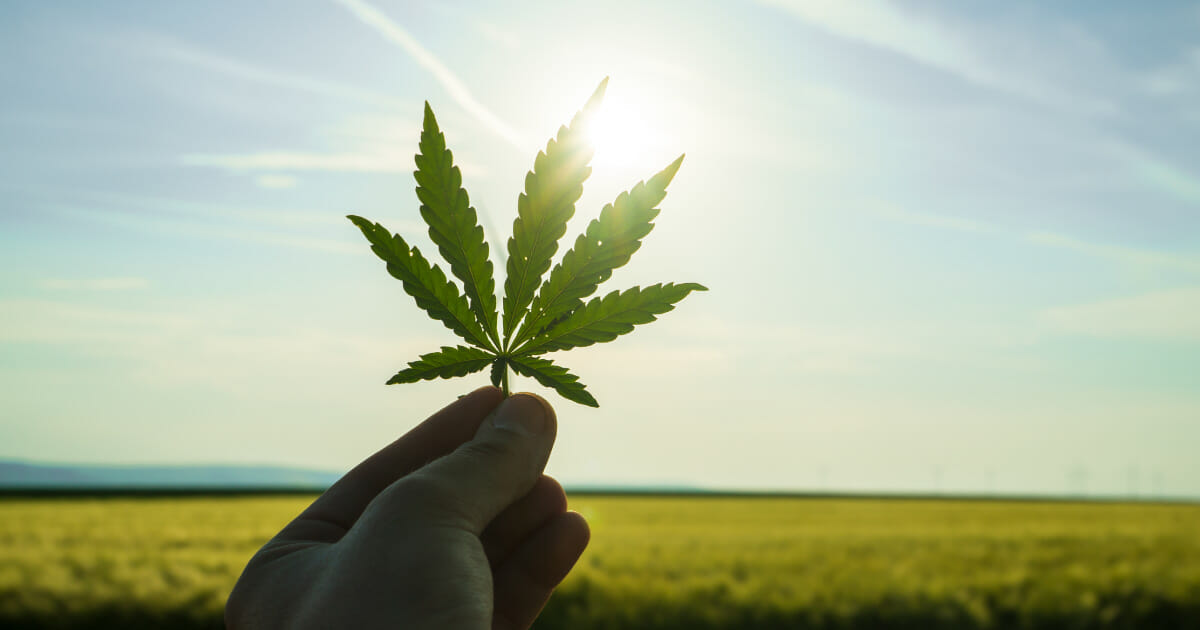
There are all manner of quotes surrounding the subject of legends. So many that, to hear the authors and screenwriters tell it, they never die, yet are somehow suspended in the past. They exist not so much as historical fact but as a rich material to help mold the direction of our future.
Such is the legend of 420.
While it’s true that most of the above quotes reference living legends, heroes, historical folklore, and other worthy pursuits—and while it’s true that 420 does, in fact, refer to marijuana—it’s important to recognize the significance of the term as a part of a cultural shift ahead of its time. It’s telling that 420 began life as a code, blossomed into a symbol of a counterculture movement, and is now considered a very public part of many celebrations of cannabis acceptance.
So, whether you ascribe importance to 420 or simply view it as just another slang term, try not to lose sight of what truly makes 420 a legend—the way it has helped cannabis proponents band together to mold the direction of our collective cannabis future.
What Is 420?
Before we dive too deeply into the 420 legend itself, it’s important to take a moment to talk about what 420 truly is. In simplest terms, as we mentioned above, 420 is really slang for cannabis. But, more than just another word for marijuana, 420 often refers to the act of smoking marijuana or the actual date, 4/20, which is basically a stoner holiday on the 20th of April every year.
However, while the term gained popularity as a code term for marijuana enthusiasts who didn’t want to broadcast their affinity for lighting up, it became relevant in other ways. Over time, 420 became a descriptor for the act of smoking marijuana, a code for an establishment that was friendly for marijuana consumption, and even as a symbol for a group gathering to protest the illegality of cannabis in many areas—especially at 4:20 or on April 20th (4/20). Today, “420” is used publicly, as more and more areas begin the decriminalization and legalization process.
420: The Myths
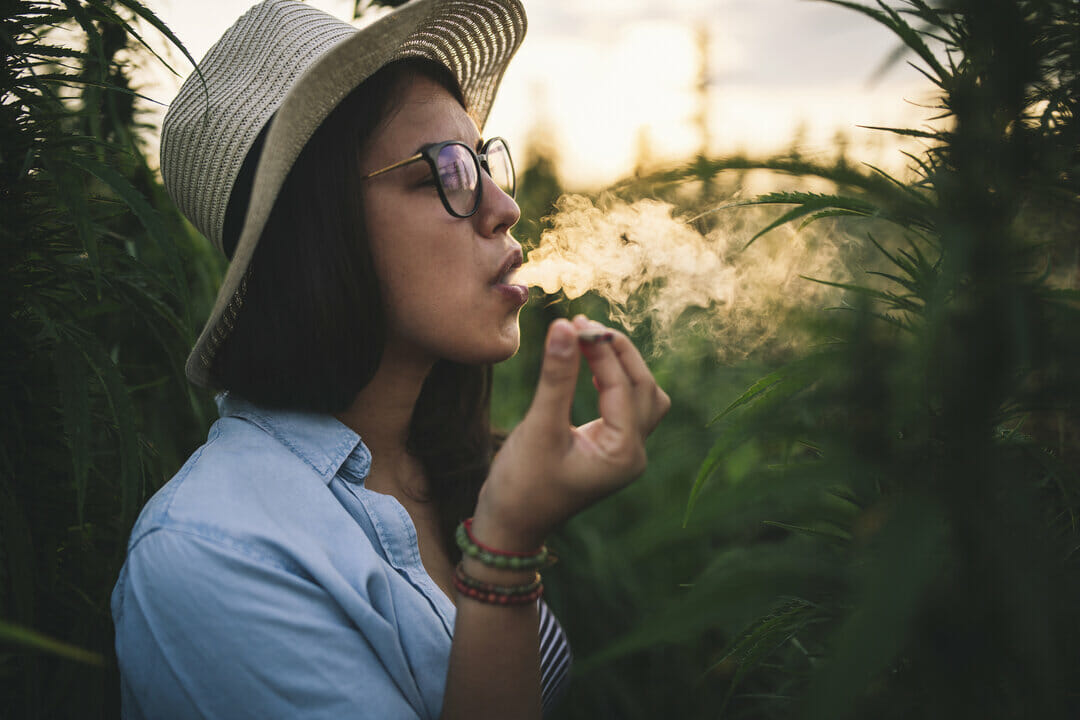
Like any true legend worth its salt, the origins of 420 quickly became mired in myth. Many people, it seemed, wanted to become a piece of history or to say they had lent a hand to the creation of the story. Some were quick to attribute the term to existing events, while others simply passed the origin story along by word of mouth like a game of telephone, where the final product often has little in common with the actual events that took place.
In honor of their creativity (if not their accuracy), we’ve rounded up several of the most persistent 420 origin myths, along with bits of evidence to dispel them:
- 420 as a law enforcement code for marijuana crimes—Over the years, the myth that 420 is a police radio code for a crime involving marijuana has become prevalent, even among marijuana users. While it’s true that police departments do use numerical codes to hasten communication, these codes can differ by department, city, and state. The number 420 is not a police code for marijuana. In fact, it even represents homicide in major police departments like the Las Vegas PD.
- 420 as the number of chemical compounds in marijuana—There are, in fact, many chemical compounds in marijuana—most significantly cannabinoids like THC, which gives marijuana its psychoactive properties, and terpenes like myrcene, which give the plant its signature aroma. However, the actual count is much closer to 400, 61 of which are unique to the plant.
- 420 as a celebration of Hitler’s birth or Columbine—While it’s true that Adolf Hitler was born on April 20th, the true origins of 420 have absolutely nothing to do with potentially the most prolific homicidal maniacs of all time. Similarly, although Columbine occurred on April 20th, 420 dates to the 1970s, long before that fateful day in 1999.
- 420 as an homage to Bob Marley—Over the years, 420 has been ascribed to the birth dates of several celebrities who actively took part in the original, marijuana-friendly counterculture movement of the 1960s and 1970s. However, neither Bob Marley, Janis Joplin, Jimi Hendrix, or Jim Morrison was born or died on April 20th.
- 420 as a California penal code section for marijuana or a legislative bill number for legalization—While California penal code does include a section 420, it relates to the obstruction of entry to public land areas. Similarly, there was a California Senate bill 420, which amended the original Proposition 215 that legalized marijuana in the state. However, the bill originated nearly 30 years after the term 420 surfaced, meaning that the bill was named after the term, not the other way around.
- 420 as the best time of the year to plant cannabis—Certainly, mid to late April is a favorable time of year to plant many crops, at least in the temperate US. However, the actual best time to plant cannabis varies by region. Additionally, many cannabis plants are grown in indoor grow houses, making it possible to plant cannabis year-round under the right conditions.
- 420 as Bob Dylan’s muse—Perhaps the most intriguing of all 420 connections, Bob Dylan’s 1966 track titled “Rainy Day Women #12 & 35” included multiple chants of “everybody must get stoned,” along with what many people interpreted as numerous other marijuana references. Even more interestingly, 12 times 35 equals (you guessed it): 420. Dylan vehemently denied the song was a “drug song,” instead of claiming that the song was a protest song like many of his others, with references to “getting stoned” representing the literal and figurative act of being publicly punished for doing what one believes is right.
The History of 420: The Truth Behind the Legend
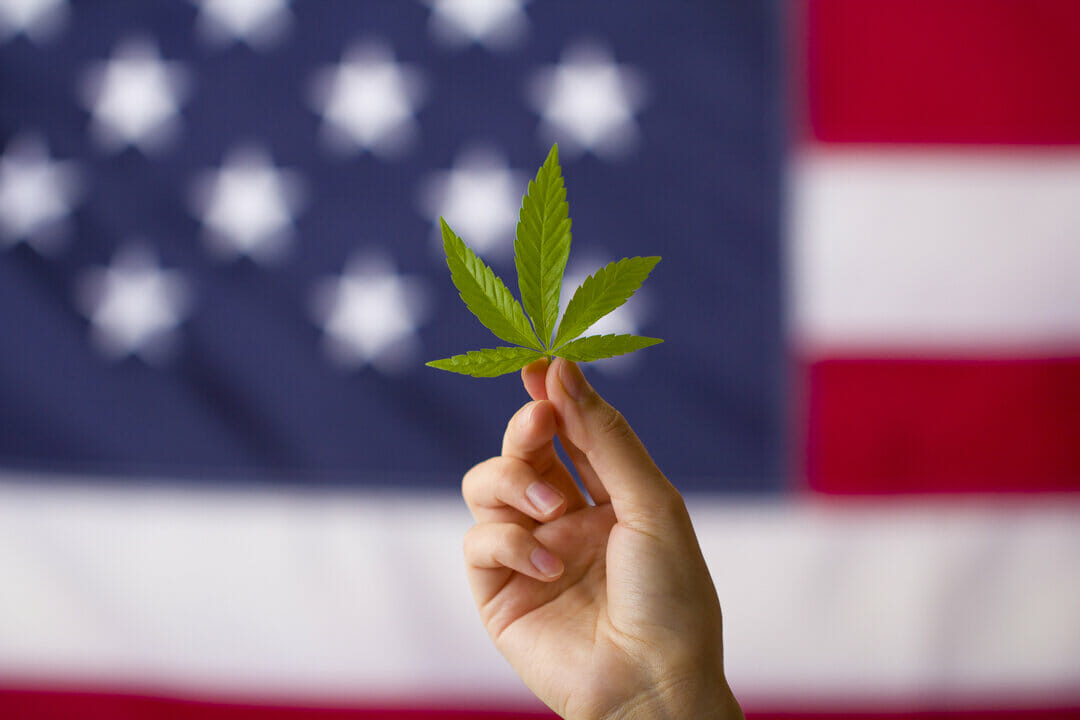
So, if the history of 420 truly didn’t begin as a tribute to Bob Marley or Hitler, a dry reference to a legislative bill, or even as an obscure numerical reference in a Dylan song title, where did it all start? As with many other modern legends, 420 began with a group of teenagers looking to have a good time away from the watchful eyes of their parents.
In the early 1970s, a group of San Rafael high school students—known as “the Waldos” due to their self-professed affinity for leaning against a wall in front of the school—had developed the interests of many a teenage boy at the time: girls, music, and a nicely-rolled joint. After tiring of the sports-heavy social scene at school events, however, the boys were constantly on the hunt for something new. That “something” arose one day in 1971 when the boys became the recipients of an offer that was almost too good to be true.
A local individual, a member of the US Coast Guard, had grown a substantial plot of marijuana somewhere in the Point Reyes Forest. Fearful of his boss’s discovery and no longer willing to take the risk of continuing to tend the plants, the owner created a treasure map of sorts to lead the boys to the crop’s location. The opportunity was simple—if the boys could find it, the marijuana was theirs.
Quests and Codes
Naturally, the Waldos—by this time composed of San Rafael students Dave Reddix, Steve Capper, Jeffrey Noel, Mark Gravich, and Larry Schwartz—agreed to take part in the hunt. Intrigued by the mystery of the treasure map and enticed by the promise of an enormous plot of marijuana plants, just for them, the boys quickly formed a plan. They agreed to meet near the school’s statue of Louis Pasteur after the end of the day’s extracurricular activities, both to plan the day’s journey and partake in a little bit of ritual preparation in the form of sharing a toke together before embarking on the hunt.
However, the Waldos quickly realized the risks of using marijuana references within the walls of the school itself. As a result, instead of explicitly mentioning either the cannabis or the treasure hunt, the boys took to referring to the daily meetups with only the time and place—4:20 Louis was born. After being shortened to 420 for convenience’s sake, the term became code for every time the boys would meet up to smoke marijuana and eventually for the marijuana itself. According to one of the Waldos, the 420 term became freeing, in a way, because they could use it in front of parents, teachers, peers, and even police without anyone realizing they were talking about smoking marijuana, which was illegal at the time and frowned upon by many authority figures after the excesses of the 1960s.
The Legend Spreads
While the Waldos never did find the mythical treasure trove of pot, 420 references had become firmly entrenched in the group’s everyday vocabulary. Regular 420 sessions led to more and more adventurous quests, made unique by the group’s special bond and, of course, by the sensations provided by the marijuana itself. By the time the boys graduated high school and went their separate ways, 420 had spread to other friends and acquaintances as well. Most notably, Reddix, who had found work as a roadie for Grateful Dead bassist Phil Lesh, introduced Lesh and the rest of the band to the term—which eventually diffused to their dedicated fans. In 1990, after over a decade of passing a joint around at Grateful Dead concerts, complete with the 420 terminology, a prominent group of Bay-area Deadheads released a flyer inviting fans to gather and smoke 420 at 4:20 PM on 4/20.
With this first known public distribution of the term came attention from official sources of marijuana culture, including popular magazine High Times. Then-reporter Steve Bloom published an image of the Deadheads flyer in a 1991 issue and began a long-standing tradition of linking 420 with marijuana, especially instances of groups gathering to celebrate by smoking together. Together, the Waldos, the Deadheads, and High Times helped establish 420 as a counterculture-friendly reference to marijuana in a world that often didn’t support its public use. In 1998, High Times acknowledged as much, attributing the creation of the term to the Waldos and celebrating its use to bring people together.
Cannabis Pre-Legalization Protests
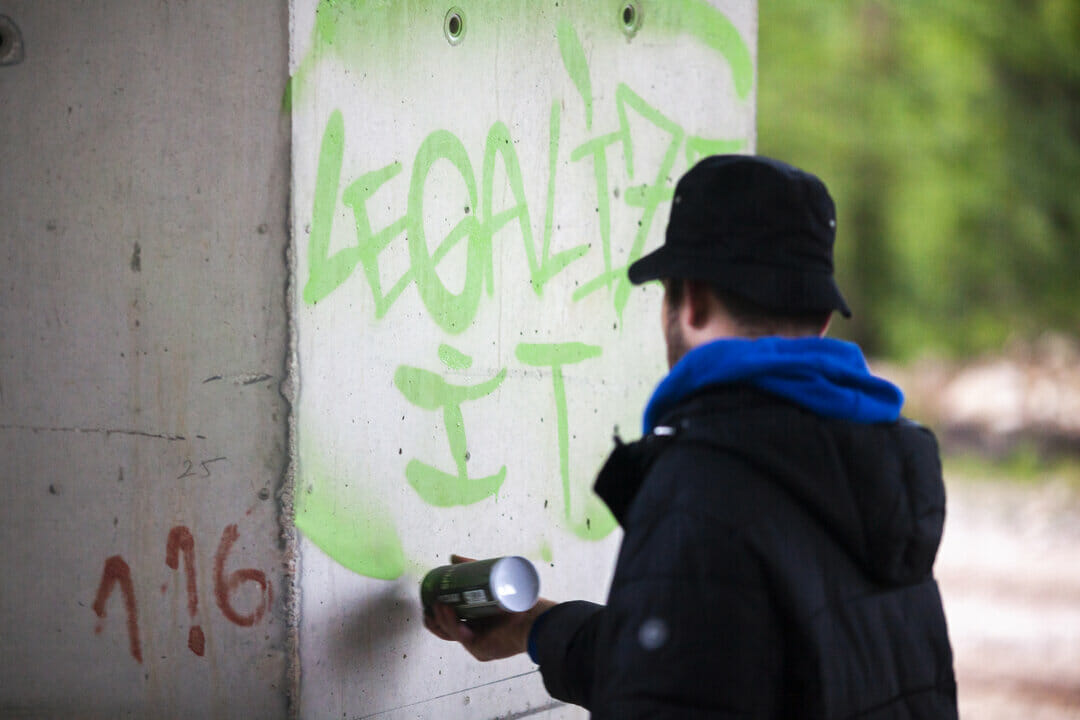
By the time the term had become a worldwide phenomenon in the mid to late 90s, there were few teenagers, young adults, and Waldo contemporaries (now parents themselves) that weren’t at least tangentially aware of 420. Via episodes of mainstream television shows, frequent mentions in popular music, and other references in popular culture, 420 and its associated elements of freedom and protest were more widespread than ever before. While the term had lost some of its secrecy, the staying power of 420 was built on another concept altogether—a sort of “stoner holiday” the original Deadheads and Waldos would have been proud to celebrate, geared towards smoking marijuana together in protest of its continued illegal status.
Individual activists and organizations alike crafted public civil disobedience displays, which culminated in hundreds of people gathering and smoking marijuana at 4:20 PM. These cannabis protests were often meant to serve a dual purpose of both celebrating marijuana and supplying a call to action for marijuana enthusiasts to band together in solidarity. Cannabis events like these developed into a national and global experience for anyone who wanted to take part, extolling the benefits of a natural product that served as a relatively safe pastime for some and a legitimate medicinal product for many more.
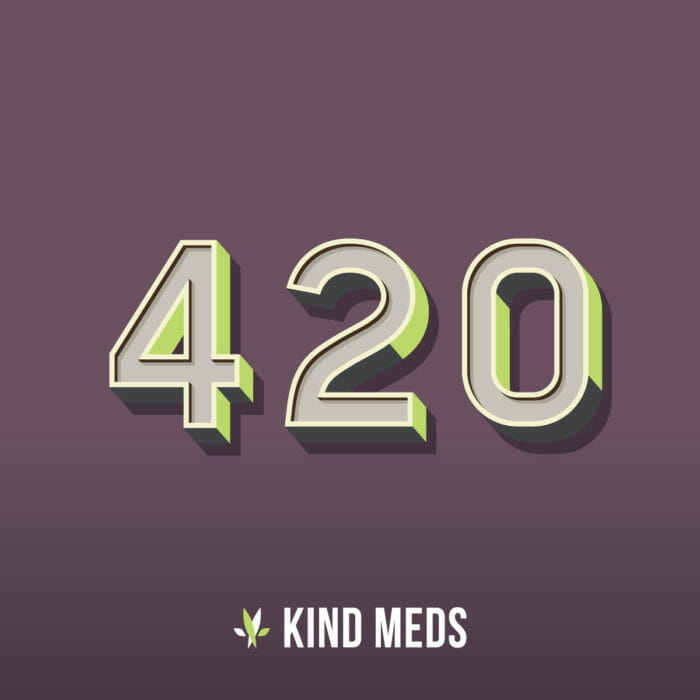
420 Today: Counterculture Morphs Into the Cannabis Experience
While the federal government still has not tackled marijuana legalization for recreational or medical purposes, it has broached the subject with the 2018 Farm Bill, which legalized hemp. Left to their own devices, multiple states have chosen to decriminalize marijuana, while others have chosen to legalize medical marijuana, recreational marijuana, or both. However, according to cannabis activists, 420 continues to hold a special place in the worldwide movement.
Today, you can find 420 in any number of mainstream publications and websites, advertising marijuana-friendly hotels, dating websites, and even churches. 420 cafes, bars, and restaurants dot the country, highlighting yet another industry’s full embrace of cannabis as a legitimate consumer commodity. Still, 420 continues to remind even faithful marijuana proponents of the once-illicit nature of the product and just how far we’ve traveled down the path towards societal acceptance.
The Legend Continues
420—as a term, as a product, as an industry, and as a cultural movement—has come full circle. What once represented teenage rebellion and a clever in-joke among friends has become a global phenomenon that stands for the cannabis experience at its finest: a lifestyle that promotes time together, healing, and acceptance.
As we approach another 4/20 holiday, it’s important to recognize what the legend behind the 420 term has always stood for: marijuana consumption and the cannabis lifestyle as a part of a larger cannabis experience. While it has taken a great deal of work by cannabis proponents and high-quality dispensaries alike, the current cannabis experience is healthier and closer to global acceptance than ever before.
Celebrate the truth behind 420 with us, though we look forward to hearing your personal embellishments nonetheless.
Editor’s Note: This article was originally published Apr 15, 2019 and has been updated April 8, 2021.







